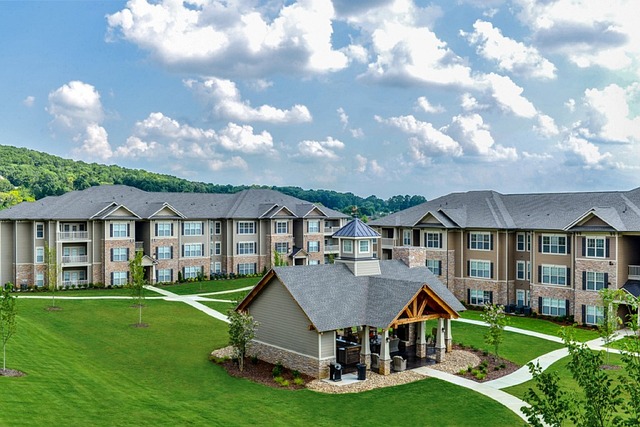Micropolis Living: The Rise of Pocket-Sized Urban Developments
Introduction: As urban landscapes evolve, a new trend is reshaping city living: micropolis developments. These compact, self-contained communities are redefining urban planning, offering a fresh solution to housing shortages and the desire for walkable neighborhoods. With 68% of the world's population projected to live in urban areas by 2050, micropolis living is gaining traction among developers and city dwellers alike.

Historical Context and Evolution
The roots of micropolis design can be traced back to the “garden city” movement of the early 20th century. However, modern micropolises have evolved to address contemporary urban challenges. The first successful implementations appeared in dense Asian cities like Singapore and Tokyo in the 1990s, where land scarcity drove innovation in urban planning.
Key Features of Micropolis Developments
Micropolises are characterized by their compact footprint and multifunctional spaces. Typical features include:
-
Mixed-use buildings combining residential, office, and retail spaces
-
Green spaces and communal areas for recreation and social interaction
-
Pedestrian-friendly design with limited vehicular access
-
Sustainable infrastructure, including renewable energy systems and waste management
-
Smart technology integration for efficient resource management
These elements work together to create a cohesive, self-contained community that maximizes land use while minimizing environmental impact.
Market Trends and Financial Implications
The micropolis trend is gaining momentum in real estate markets worldwide. According to recent data, investments in micropolis developments have increased by 15% annually over the past five years. This growth is driven by several factors:
-
Rising land prices in urban centers
-
Changing consumer preferences towards walkable, amenity-rich neighborhoods
-
Governmental push for sustainable urban development
For investors, micropolises offer unique opportunities. The diversified nature of these developments can provide more stable returns compared to single-use properties. Additionally, the high demand for such communities often results in premium rental and sale prices.
Impact on Urban Planning and Real Estate
Micropolises are reshaping urban landscapes and challenging traditional zoning laws. City planners are increasingly adopting flexible zoning regulations to accommodate these mixed-use developments. This shift is leading to more efficient land use and potentially reducing urban sprawl.
For real estate professionals, the rise of micropolises necessitates a reevaluation of property valuation methods. The interdependence of different elements within these communities means that individual properties cannot be assessed in isolation. Instead, the value of a micropolis property is intrinsically linked to the success of the entire development.
Challenges and Considerations
While micropolises offer numerous benefits, they also present unique challenges:
-
High initial development costs due to complex infrastructure requirements
-
Potential for overcrowding if not properly managed
-
Resistance from existing communities concerned about changing neighborhood character
-
Regulatory hurdles in cities with rigid zoning laws
Developers and investors must carefully consider these factors when planning micropolis projects.
Case Studies: Successful Micropolis Implementations
Several cities have successfully embraced the micropolis concept:
-
Songdo, South Korea: A purpose-built smart city that integrates advanced technology with sustainable urban design.
-
HafenCity, Hamburg: Europe’s largest inner-city redevelopment project, transforming old port areas into a vibrant mixed-use district.
-
Hudson Yards, New York City: A 28-acre mixed-use development built over a working rail yard, creating a new neighborhood within Manhattan.
These examples demonstrate the versatility of the micropolis concept and its adaptability to different urban contexts.
Future Outlook and Investment Opportunities
The micropolis trend is expected to accelerate in the coming years, driven by urbanization and the need for sustainable city living. Experts predict that by 2030, micropolises could account for up to 20% of new urban developments in major cities.
For investors, opportunities lie in:
-
Early-stage investments in micropolis developments
-
Specialized real estate investment trusts (REITs) focused on mixed-use urban projects
-
Technology companies providing smart infrastructure solutions for these communities
However, due diligence is crucial, as the success of micropolis investments heavily depends on location, design quality, and effective community management.
Conclusion
Micropolis living represents a paradigm shift in urban development, offering a solution to the challenges of rapid urbanization and the desire for more sustainable, community-oriented lifestyles. As this trend continues to evolve, it will undoubtedly reshape the real estate landscape, creating new opportunities and challenges for investors, developers, and city dwellers alike. Those who can navigate this new terrain stand to benefit from the next wave of urban innovation.






